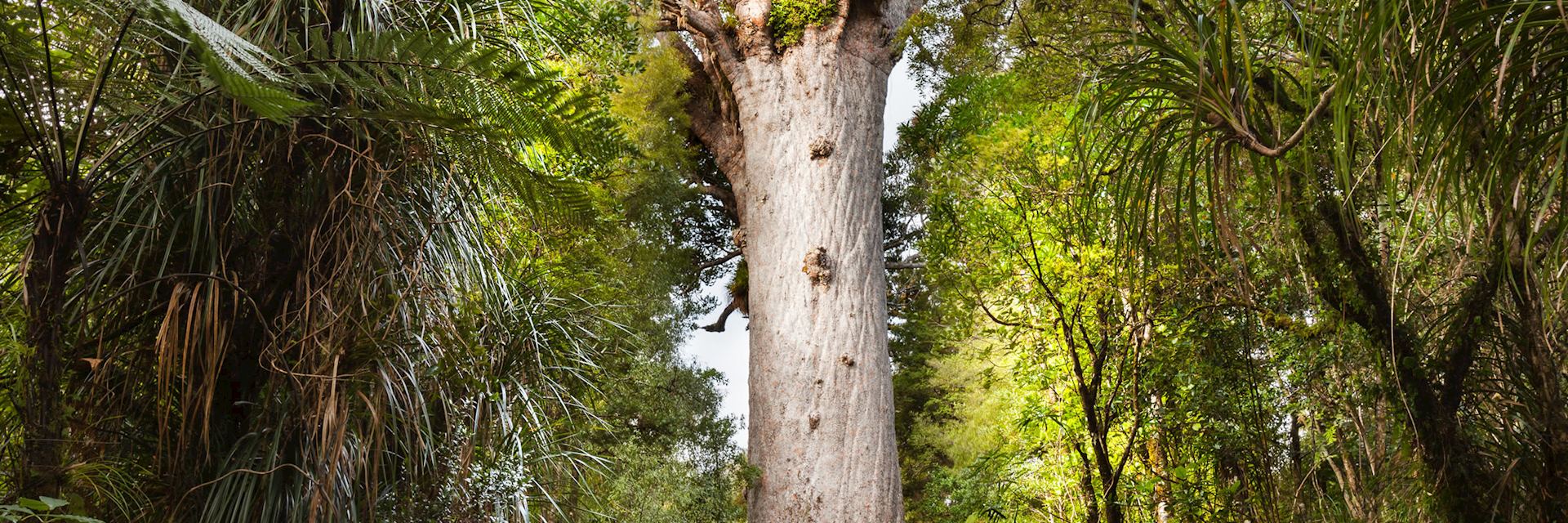Evolution has thrown up some odd but also some impressive looking plants and trees over time. Here's a small selection which you might consider making a detour to see during your Audley trip.
-
![Tane Mahuta, the Kauri Coast]()
Kauri tree, New Zealand
Read more about the Waipoua Forest -
![Examining a Quivertree]()
Quiver tree, Namibia
Read more about Namibia -
![Rafflesia flower in Malaysian Borneo]()
Rafflesia flower, Malaysia
Read more about the 'Rafflesia Tour' in Malaysia -
![Avenue of the Baobabs, Morondava]()
Baobab tree, Madagascar
Read more about the remote West of Madagascar -
![Welwitschia plant in the Namib Desert]()
Welwitschia mirabilis, Namibia
Read more about Namibia -
![Halfmens plant, sometimes known as known as halfman, elephant’s trunk or clubfoot]()
Halfmens, South Africa
Read more about South Africa -
![Vegetable sheep]()
Vegetable sheep, New Zealand
Read more about New Zealand -
![Hydnora africana plant]()
Hydnora africana, South Africa
Read more about South Africa
Was this useful?












